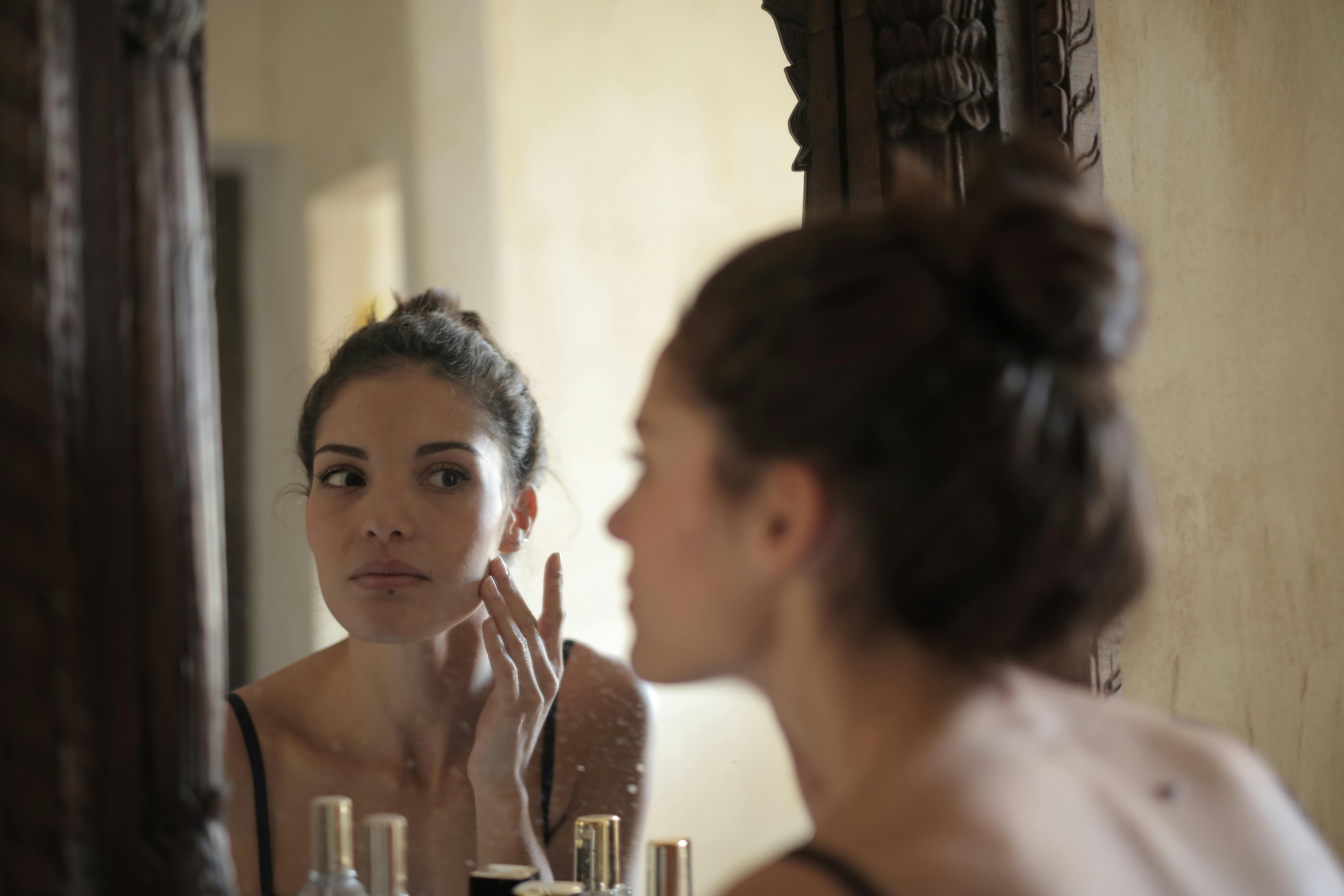The Art of Contouring: Sculpting Beauty with Light and Shadow
Contouring has become a cornerstone technique in modern makeup artistry, transforming the way we approach facial enhancement. This method of strategically applying light and dark shades to sculpt and define facial features has roots that extend far beyond its recent popularity. From stage makeup techniques to red carpet glamour, contouring has evolved into a versatile skill that can create subtle enhancements or dramatic transformations. Its rise to prominence in the beauty industry has sparked debates about beauty standards, self-expression, and the power of makeup as an art form. As contouring continues to shape beauty trends and influence personal grooming habits, it's worth exploring its history, techniques, and cultural impact.

In the 1990s, drag performers brought contouring into the spotlight, using dramatic shading to create exaggerated, feminine features. This bold approach to makeup artistry would later influence mainstream beauty trends and techniques. However, it wasn’t until the rise of social media and beauty influencers in the 2010s that contouring truly exploded in popularity among everyday makeup enthusiasts.
The Science Behind Facial Contouring
At its core, contouring is based on the principles of light and shadow. By manipulating how light reflects off different areas of the face, makeup artists can create the illusion of altered bone structure, enhanced features, and a more sculpted appearance. This technique relies on understanding facial anatomy and how different face shapes interact with light.
The key to effective contouring lies in identifying the natural high points and low points of the face. High points, such as the cheekbones, bridge of the nose, and center of the forehead, are emphasized with lighter shades to bring them forward. Low points, like the hollows of the cheeks, sides of the nose, and jawline, are darkened to create depth and definition.
The choice of products and shades is crucial in achieving a natural-looking contour. Cool-toned products are often used to mimic natural shadows, while warmer tones can add a sun-kissed effect. The texture of the products also plays a role, with cream-based formulas offering a more natural finish and powders providing longer-lasting wear.
Techniques and Tools for Perfect Contouring
Mastering the art of contouring requires a combination of the right techniques and tools. The most common areas for contouring include the cheekbones, forehead, nose, and jawline. Each area requires a slightly different approach to achieve the desired effect.
For cheekbone contouring, the product is typically applied in the hollow beneath the cheekbone, blending upward to create a lifted appearance. Nose contouring involves applying product along the sides of the nose to create the illusion of a slimmer or straighter nose bridge. Forehead contouring can help balance facial proportions by applying product along the hairline and temples.
The tools used for contouring have evolved alongside the techniques. While fingers can be used for cream products, brushes and sponges offer more precision and control. Angled brushes are popular for applying contour products, while fluffy brushes or beauty sponges are ideal for blending and softening harsh lines.
The Cultural Impact of Contouring
The rise of contouring has had a significant impact on beauty standards and self-perception. On one hand, it has empowered individuals to experiment with their appearance and express themselves creatively through makeup. Many people find confidence in their ability to enhance their features or create entirely new looks through contouring techniques.
However, the prevalence of heavily contoured looks on social media and in celebrity culture has also sparked criticism. Some argue that the trend promotes unrealistic beauty standards and contributes to a culture of digital manipulation and filters. The pressure to achieve a “perfect” contoured look has led to concerns about body image and self-esteem, particularly among younger generations.
The contouring trend has also influenced the beauty industry at large. Makeup brands have expanded their product lines to include contouring-specific items, from contour kits to specialized brushes and tools. This has created new markets and opportunities within the beauty industry, but has also led to concerns about consumerism and the pressure to own an ever-expanding collection of makeup products.
The Future of Contouring: Trends and Innovations
As beauty trends continue to evolve, so does the art of contouring. Recent years have seen a shift towards more natural, subtle contouring techniques that enhance rather than dramatically alter facial features. This “no-makeup makeup” approach focuses on creating a fresh, glowing appearance with minimal product.
Technology is also playing a role in the future of contouring. Augmented reality (AR) apps and smart mirrors allow users to virtually try on different contouring styles before applying makeup. These tools can help individuals learn contouring techniques and visualize results without the need for extensive trial and error.
Sustainability is another factor shaping the future of contouring products. As consumers become more environmentally conscious, there’s a growing demand for eco-friendly packaging, refillable products, and natural, organic ingredients in contouring products.
The art of contouring continues to captivate beauty enthusiasts and professionals alike. From its historical roots in stage makeup to its current status as a ubiquitous beauty technique, contouring has demonstrated its staying power in the ever-changing world of beauty. As techniques evolve and new products emerge, contouring remains a powerful tool for self-expression and transformation. Whether embraced as a daily ritual or reserved for special occasions, the ability to sculpt and enhance one’s features through the clever use of light and shadow is likely to remain a valued skill in the beauty arsenal for years to come.




